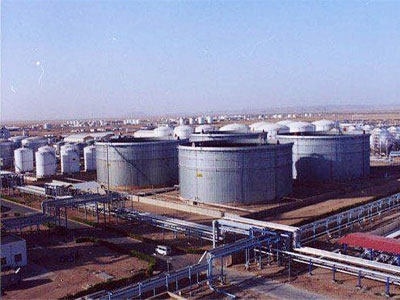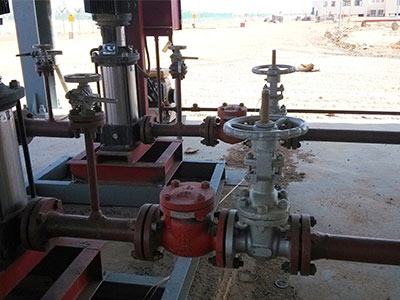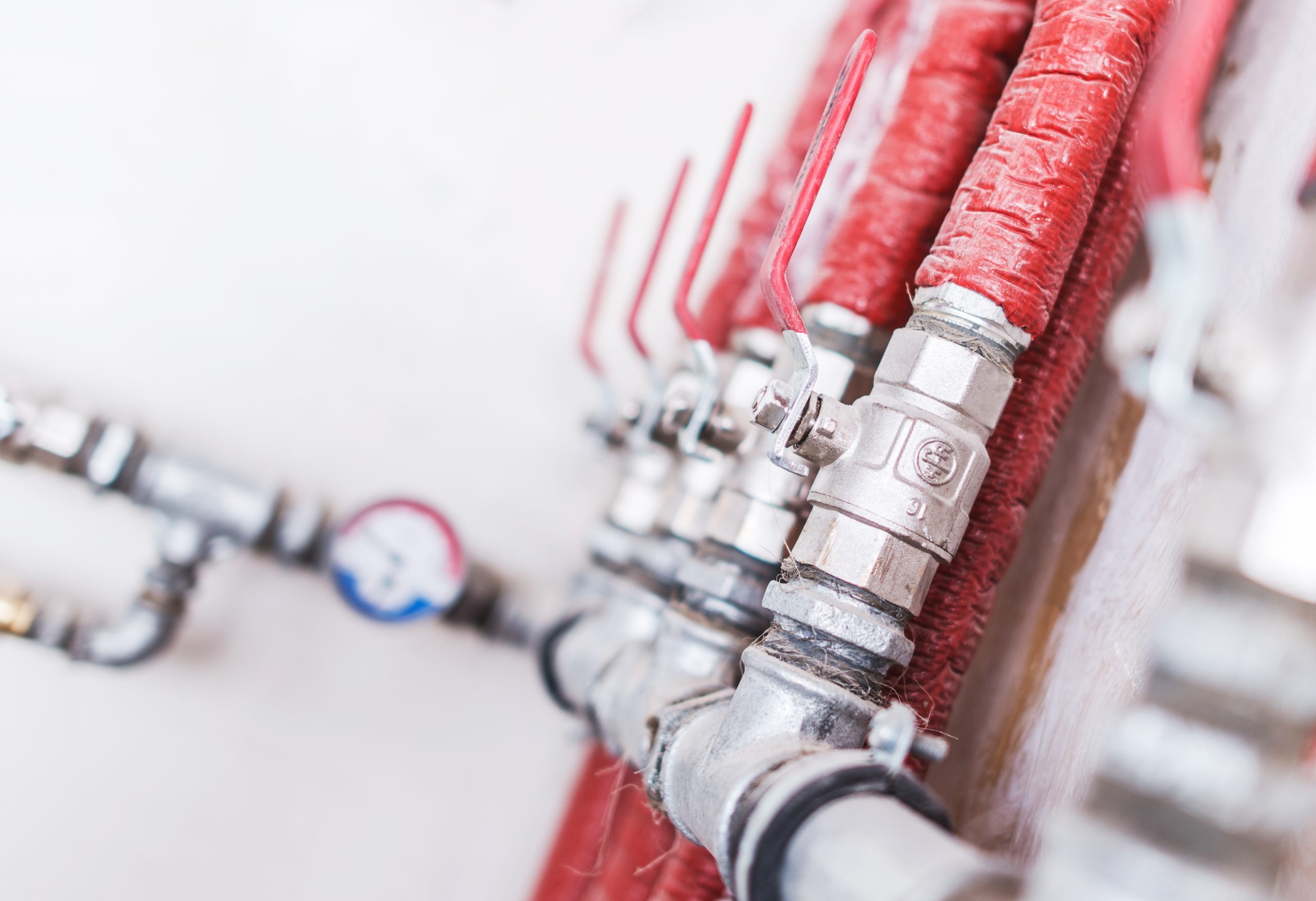In power generation systems, understanding the roles of rotors and motors is critical to maximizing efficiency. The rotor vs motor debate becomes particularly important when discussing how electricity is generated in large-scale power plants and renewable energy systems.


Power Generation and the Motor
In power generation systems, motors are used to drive large machines, including generators. These motors are typically electric or steam-powered and work by converting energy into mechanical motion. The motor drives the rotor, which produces mechanical work.
The Rotor’s Critical Role
The rotor in a power generation system, like a hydroelectric plant or wind turbine, is responsible for converting mechanical energy into electrical energy. The rotor’s design and material can greatly impact the efficiency of power generation, making it a critical component of the entire system.
Rotor vs Motor in Energy Conversion
When comparing rotor vs motor in the context of energy conversion, the motor is the system that provides motion, while the rotor interacts with other components to produce energy. For example, in wind turbines, the rotor harnesses wind energy, while the motor works to convert that energy into electricity.
How Geocomposite Materials Enhance Efficiency
Geocomposite materials are increasingly used in power generation systems for their durability and resistance to wear. These materials help improve the performance of motors and rotors, especially in turbines and generators where efficiency and longevity are key to reducing operational costs.
The rotor vs motor comparison in power generation underscores the essential role each component plays. With the right materials, like geocomposite, both motors and rotors can function more efficiently, leading to better energy conversion and more sustainable power production.
